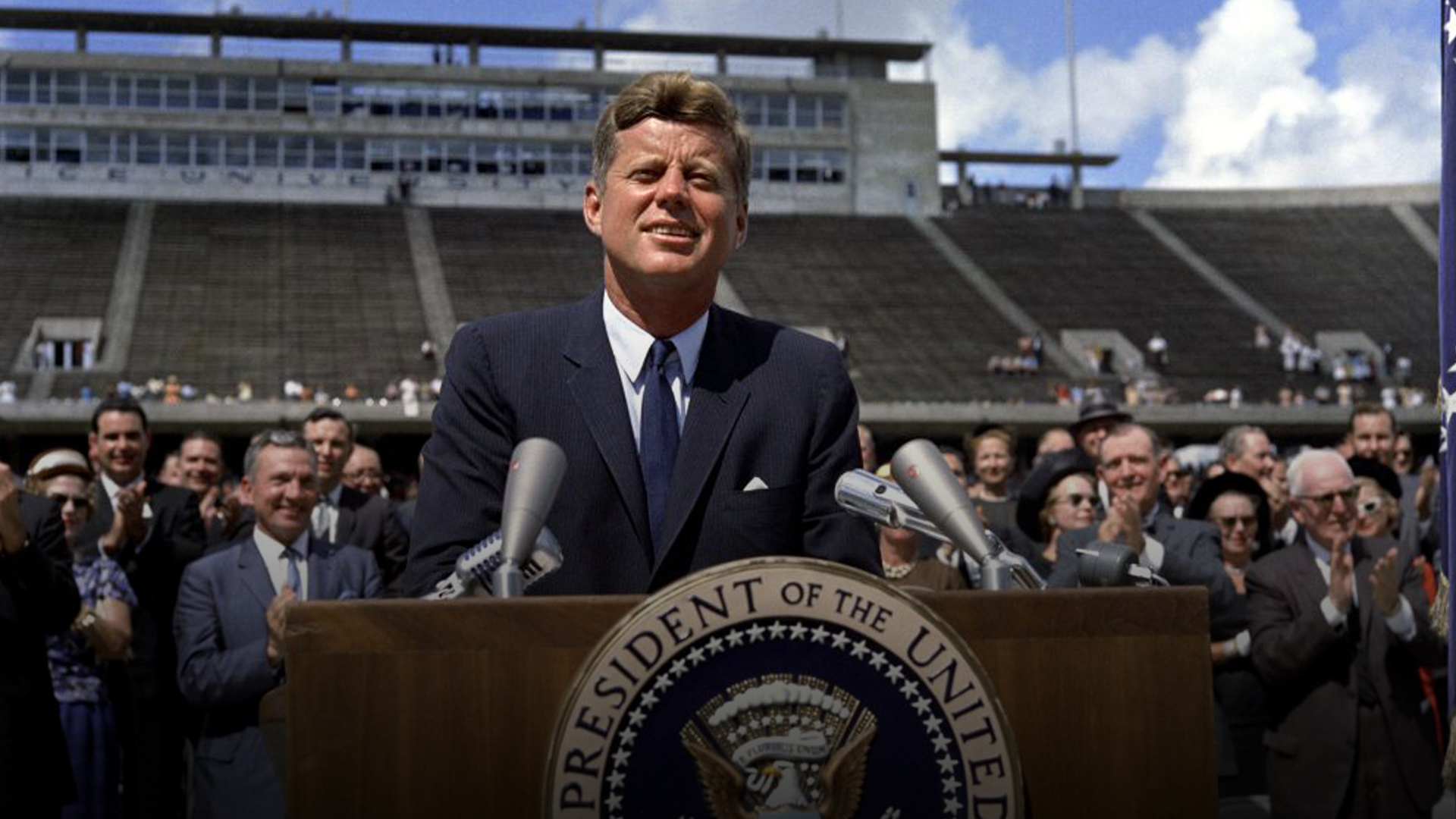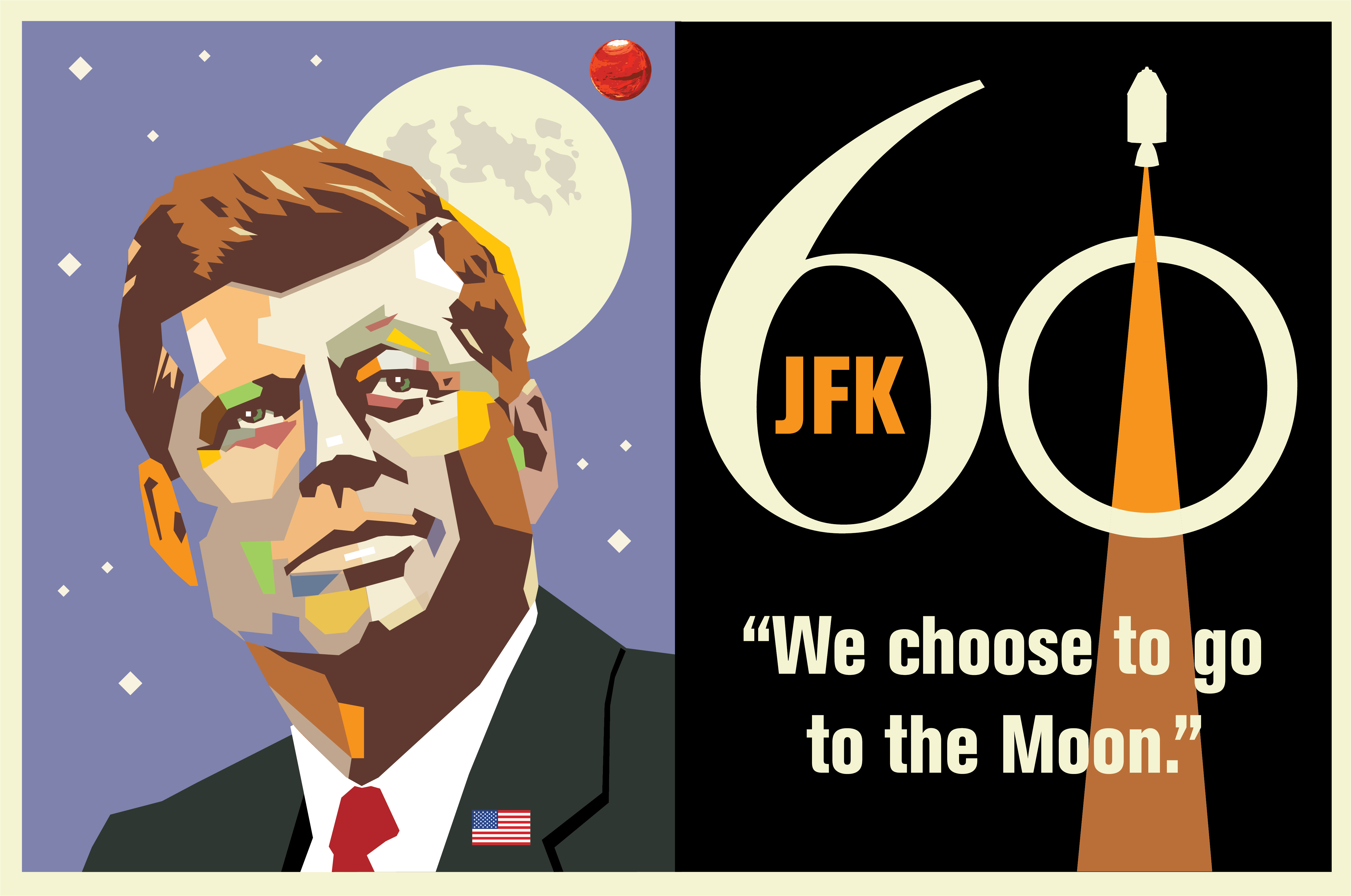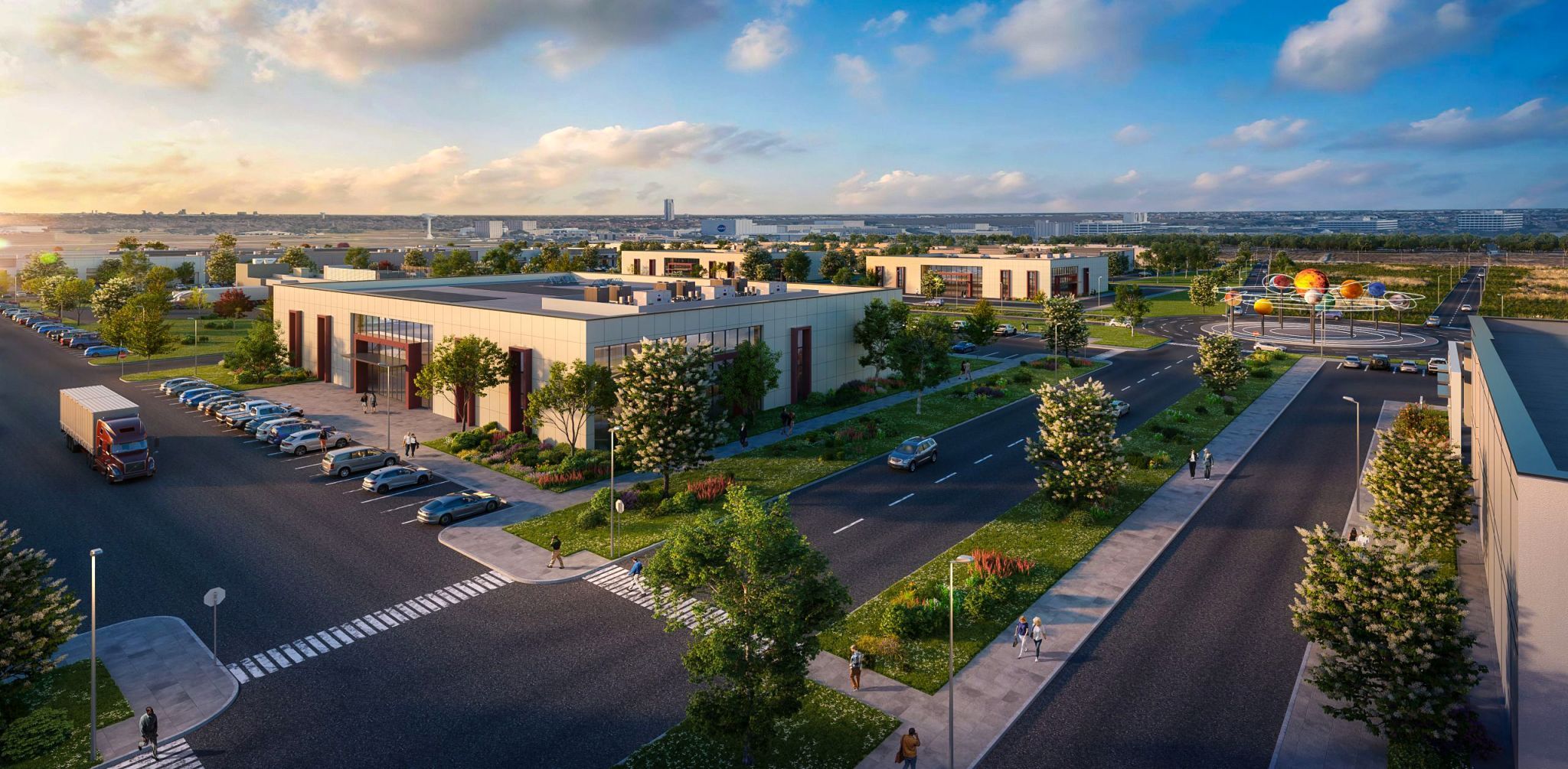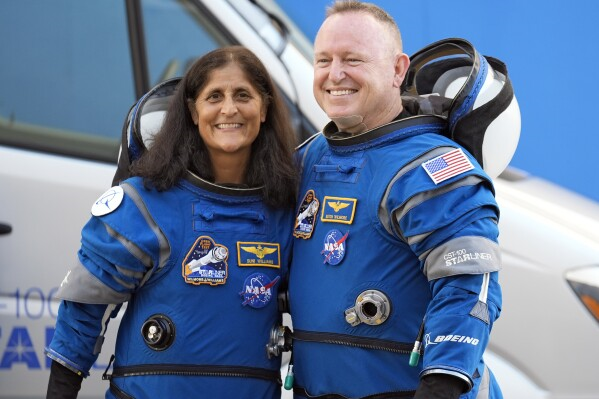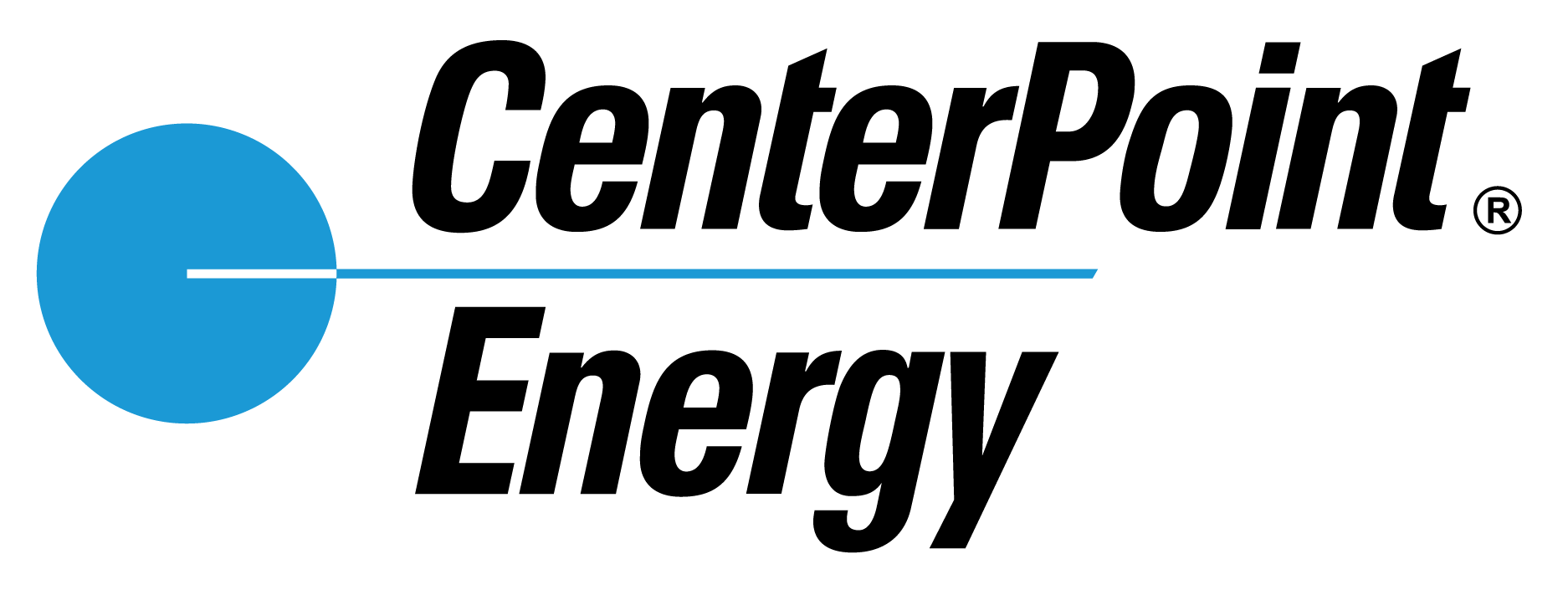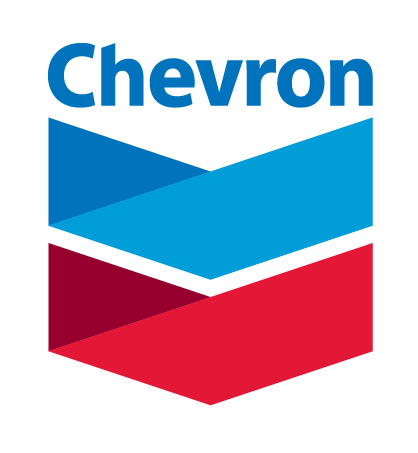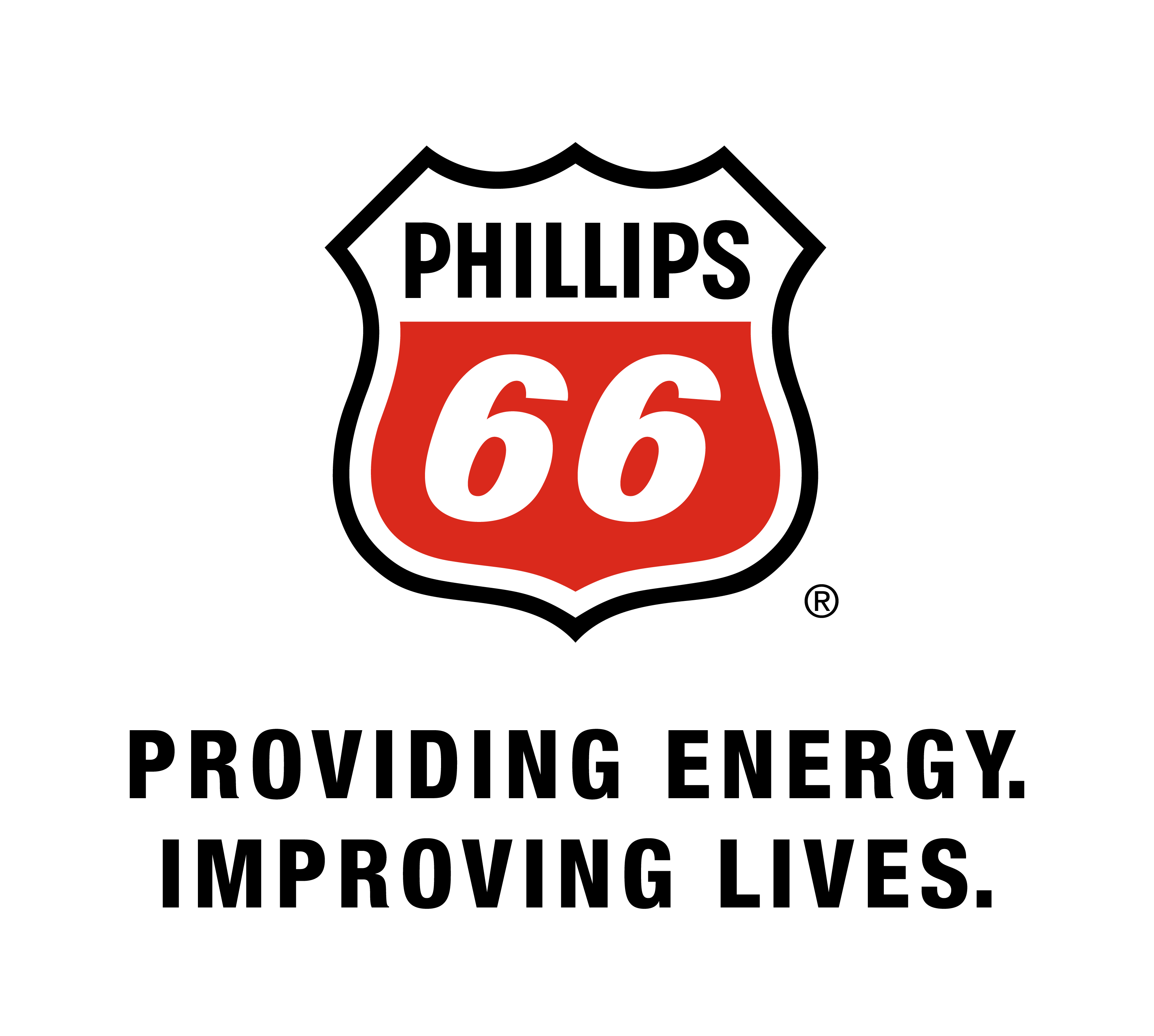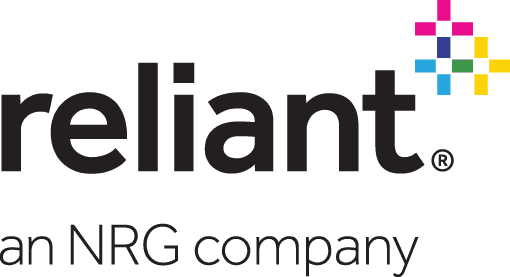Rice, NASA to Celebrate 60th Anniversary of 'Moon Speech'
Published Aug 26, 2022 by A.J. Mistretta
Houston will celebrate a milestone anniversary next month with a cosmic series of public events.
Monday, September 12 marks the 60th anniversary of President John F. Kennedy’s landmark “We Choose to Go to the Moon” speech at Rice University. Kennedy’s 1962 speech in Houston lit the flame of the Space Race and put the United States on an accelerated path to the successful Apollo 11 mission in 1969 and future spaceflight.
Rice University and NASA are hosting a three-day series of events on the Rice campus starting on Saturday, September 10, culminating with a major event with NASA Administrator Bill Nelson on Monday, September 12 inside the Rice Stadium.
“In 1962, President Kennedy delivered a historic speech at Rice University on his groundbreaking plans for the new frontier and sending the first humans to the Moon. Sixty years later, we choose to go to the Moon – and on to Mars,” said NASA Administrator Nelson. “We are gearing up for the first test flight of the most powerful rocket in the world for Artemis I. This time, we’re going to the Moon with the goal of establishing a human presence to learn how to live and work in deep space to prepare for the first human missions to Mars. We continue to build on the legacy of the Apollo program as the Artemis Generation prepares to go farther into the cosmos than ever before.”
Saturday, September 10
10 am to 6 pm | Rice Campus – Greenbriar Lot
Space exploration, industry and research exhibits will be open and free to the public.
6:30 pm | Rice Stadium
Rice Football vs McNeese State at Rice Stadium.
Sunday, September 11
10 am to 4 pm | Rice Campus – Greenbriar Lot
Space exploration, industry and research exhibits will be open and free to the public.
Monday, September 12
9 am to 2 pm | Rice Stadium and Greenbriar Lot
Rice Stadium gates open. Space exploration, industry and research exhibits will be open and free to the public.
11 am to 12 pm | Rice Stadium
Commemoration of the 60th anniversary of President Kennedy's "We Choose to go to the Moon" speech. Keynote speaker: NASA Administrator Bill Nelson. Other speakers will include NASA Johnson Space Center Director Vanessa Wyche, NASA astronaut Shannon Walker, Rice University President Reggie DesRoches and other dignitaries.
All of the events are free and open to the public. NASA will also provide live coverage of the final event at 11 am CDT on September 12, commemorating the speech on NASA Television, the NASA app, and the agency’s website.
“We choose to go to the Moon in this decade and do the other things, not because they are easy, but because they are hard, because that goal will serve to organize and measure the best of our energies and skills, because that challenge is one that we are willing to accept, one we are unwilling to postpone, and one which we intend to win, and the others, too.” - President John F. Kennedy
Read a full transcript of Kennedy's speech and a piece about the historic Apollo 11 mission.
 The Houston Report
The Houston Report